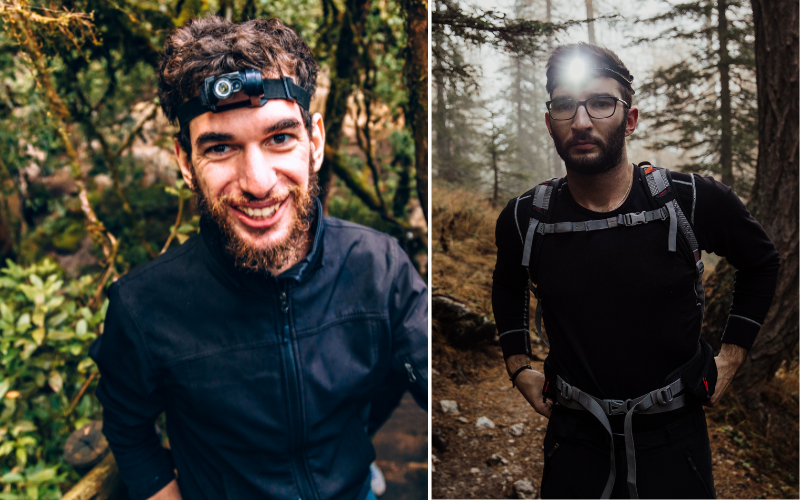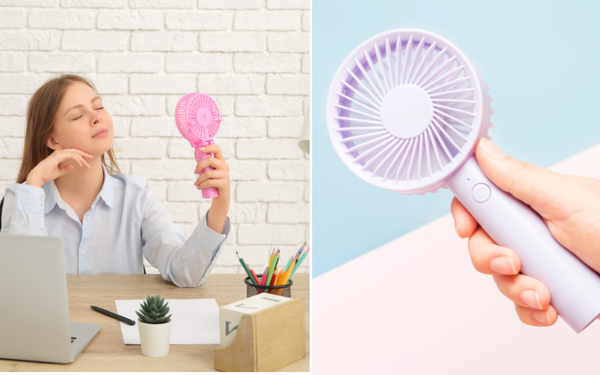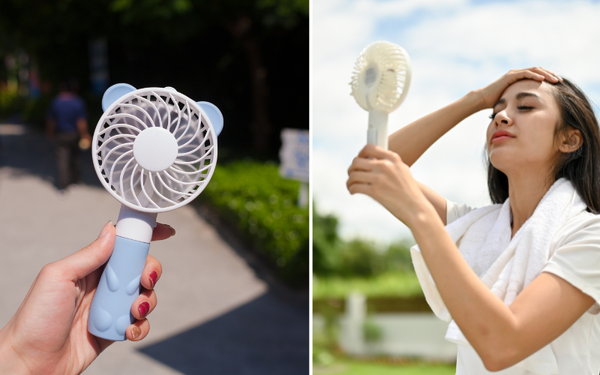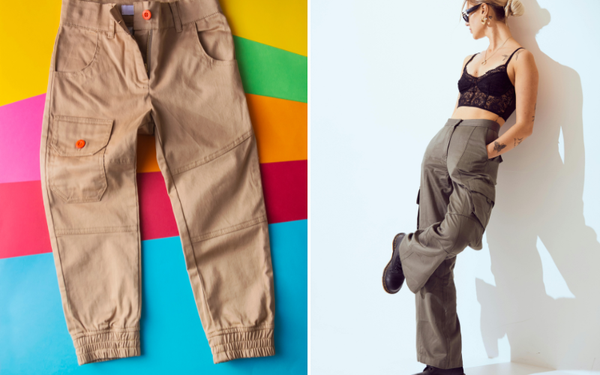What is the best light for hiking at night? We’ll help you find the answer by reviewing top headlamps and their key features, ensuring your night treks are safe and well-lit.
Key Takeaways
- The Black Diamond Spot 400-R is the best overall headlamp for night hiking, offering 400 lumens, multiple beam types, and strong waterproofing, but users need to be aware of heating issues on high power.
- The BioLite HeadLamp 325 is ideal for runners, featuring a lightweight design, 325 lumens output, and an impressive battery life up to 40 hours on low, though its reliance on Micro USB charging might be less convenient for some.
- For budget-conscious hikers, the Petzl Tikkina provides good performance with 300 lumens brightness and user-friendly operation for just $25, although it lacks some advanced features like a lock function and red light mode.
Understanding Night Hiking Needs
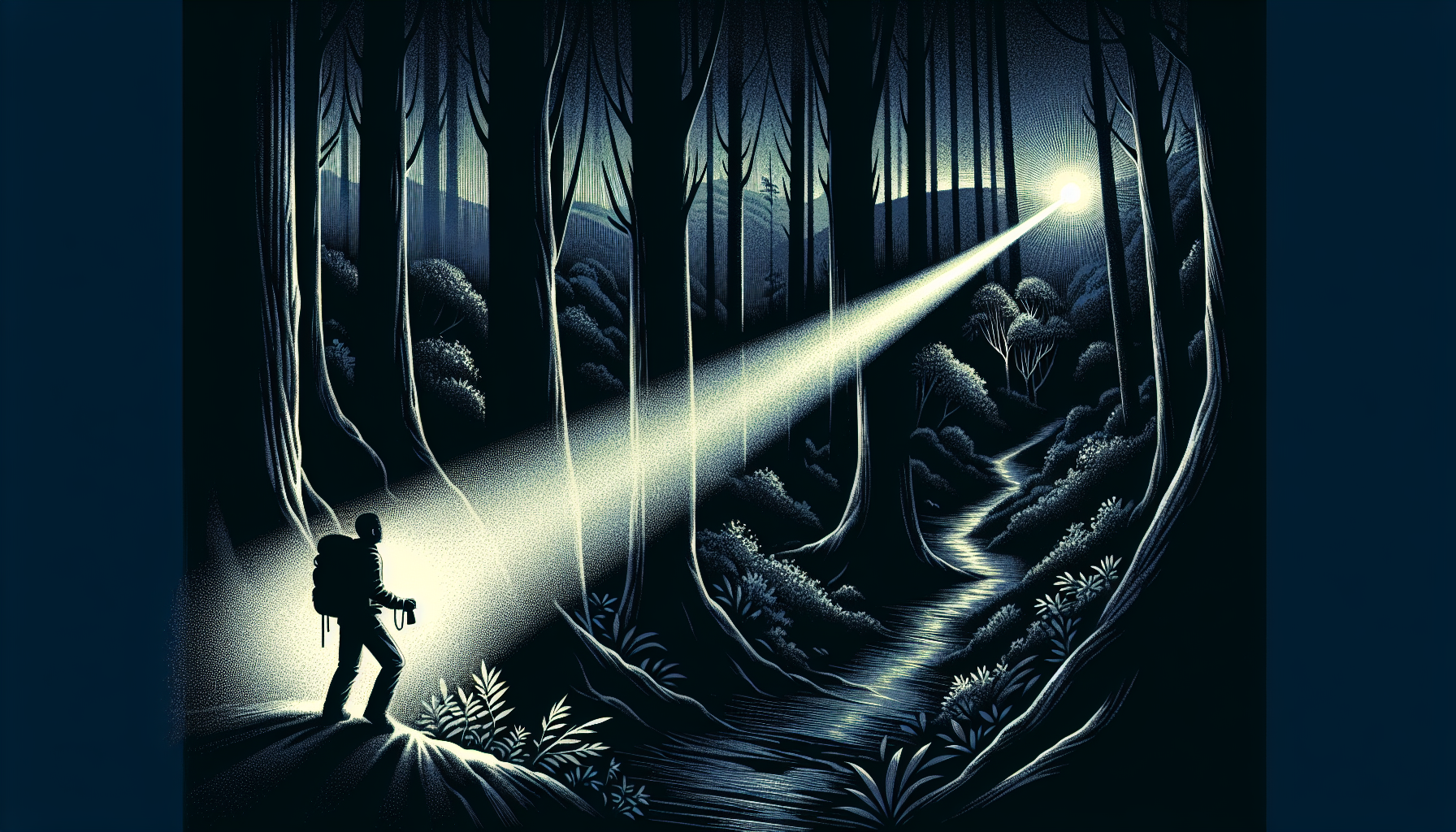
Night hiking introduces unique challenges compared to its daytime counterpart. Darkness limits visibility and necessitates hands-free illumination. Spotting nocturnal wildlife, navigating trails, and ensuring safety all rely on a dependable headlamp. In contrast to daytime hikes, which benefit from abundant natural light, a night hike mandates a consistent light source.
A major perk of night hiking is the opportunity to encounter nocturnal wildlife typically unseen during daytime. This necessitates a versatile light source. A beneficial headlamp should have multiple light modes, including red and white. The red light, which is less likely to startle animals, is favored over white light as it helps to maintain night vision.
Selecting a headlamp necessitates consideration of:
- Brightness: Lumens quantify brightness, with a higher lumen count equating to a brighter light.
- Battery life: The headlamp should have a lengthy burn time to prevent it from dying during your hike.
- Durability and reliability: Opting for a headlamp that is durable and reliable is a worthwhile investment.
Best Overall Headlamp: Black Diamond Spot 400-R
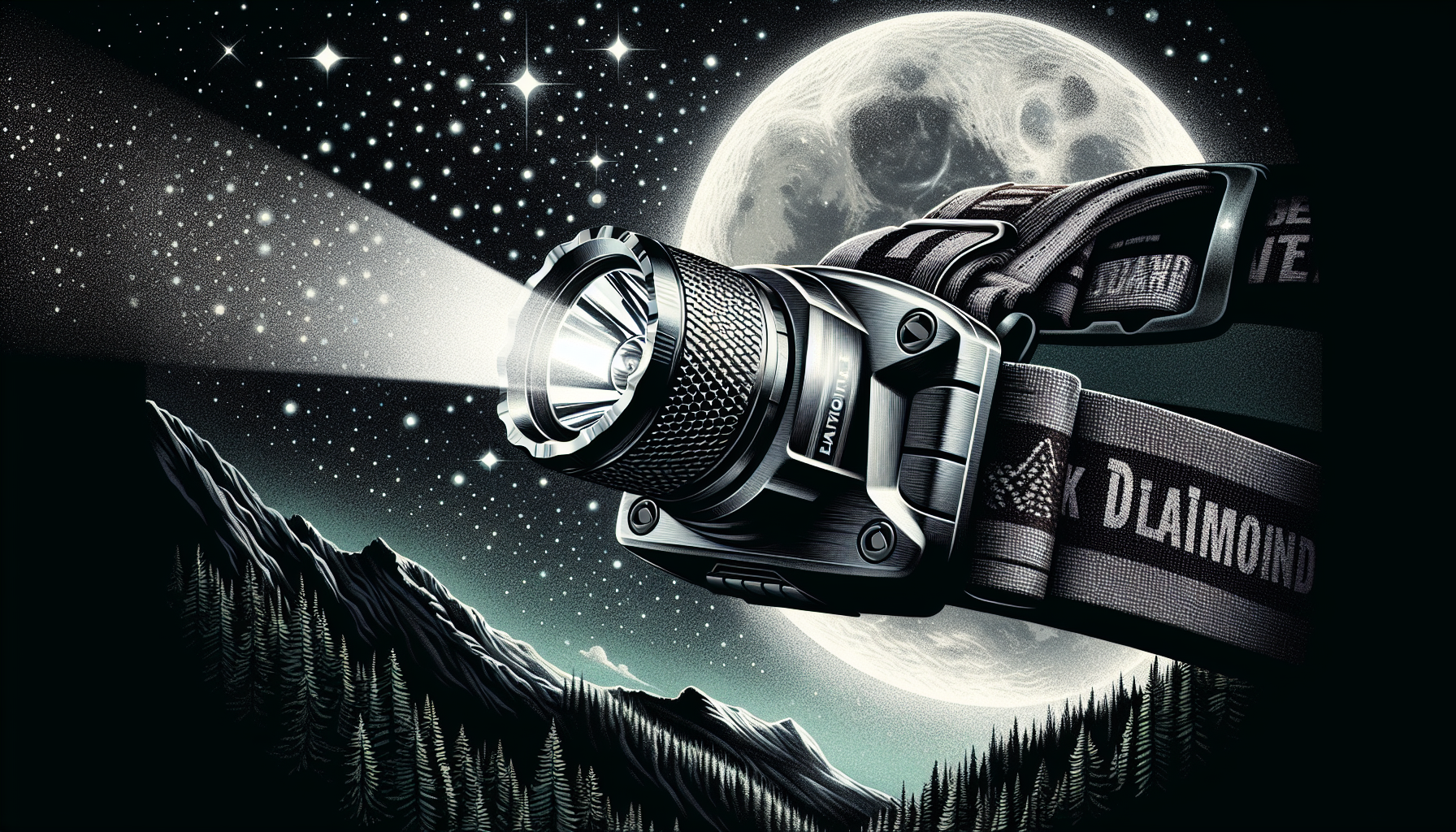
The Black Diamond Spot 400-R stands out as the best overall headlamp for night hiking. Here’s why:
- It offers 400 lumens of brightness
- It has several beam types
- It has a beam distance of 100 meters
- It is affordable at $65
This headlamp is also equipped with an IP67 rating, making it waterproof to a depth of 1 meter for up to 30 minutes. Its lightweight design, at just 73 grams, ensures comfort during long hikes.
Key Features
A notable feature of the Black Diamond Spot 400-R is its brightness memory, which allows the headlamp to retain the chosen brightness level even after being turned off and on again. This function is incredibly beneficial for night hikes, as it eliminates the need for frequent light intensity adjustments.
The headlamp also boasts comprehensive waterproofing capabilities with an IP67 rating, signifying its ability to endure submersion in water up to 1 meter deep for 30 minutes. This feature guarantees the headlamp’s performance in heavy rain or while crossing streams, enhancing its reliability as a key tool for night hiking.
Pros and Cons
Several advantages make the Black Diamond Spot 400-R a leading choice for night hiking. Its beam intensity and distance are impressive for a headlamp of its size. Coupled with its sleek and comfortable design and extended battery life, it serves as a reliable companion for prolonged adventures.
Nonetheless, certain drawbacks need to be considered. The headlamp tends to heat up when used on high power for extended durations. Furthermore, the numerous features and modes may require some learning and adaptation, which could pose a challenge for some users.
Despite these minor issues, its overall performance and features make it the best headlamp for most adventures.
Top Choice for Runners: BioLite HeadLamp 325

Night runners would find the BioLite HeadLamp 325 to be an ideal choice. Retailing at $44.95, this headlamp is specifically designed for runners, emphasizing a lightweight and comfortable fit. At a mere 1.75 ounces, it ensures an unencumbered running experience.
Notable Specifications
The BioLite HeadLamp 325 offers the following features:
- Max output of 325 lumens, providing maximum brightness
- Ample for nighttime running to ensure clear visibility of the path ahead
- Beam in spot mode extends up to 70 meters, permitting runners to see far ahead for safe navigation.
The battery life of the BioLite HeadLamp 325 is not only impressive but also offers the best battery life in its category, providing 40 hours on low settings and 3 hours on high. This range ensures that you have enough light for short runs or longer night hikes without needing frequent recharges. The combination of these specifications makes it an excellent choice for active night adventurers.
Advantages and Drawbacks
The BioLite HeadLamp 325’s major strengths lie in its outstanding comfort and lightweight design. It also includes an adjustable tilt feature, facilitating beam angling as per activity requirements. These characteristics render it perfect for runners in need of a reliable and flexible light source.
Nevertheless, its dependence on a Micro USB cable for charging is a notable downside. Though not a major issue, it can be somewhat less convenient than newer charging technologies. Notwithstanding this minor issue, the BioLite HeadLamp 325’s comfort and performance keep it a top choice for runners.
Best Budget Option: Petzl Tikkina
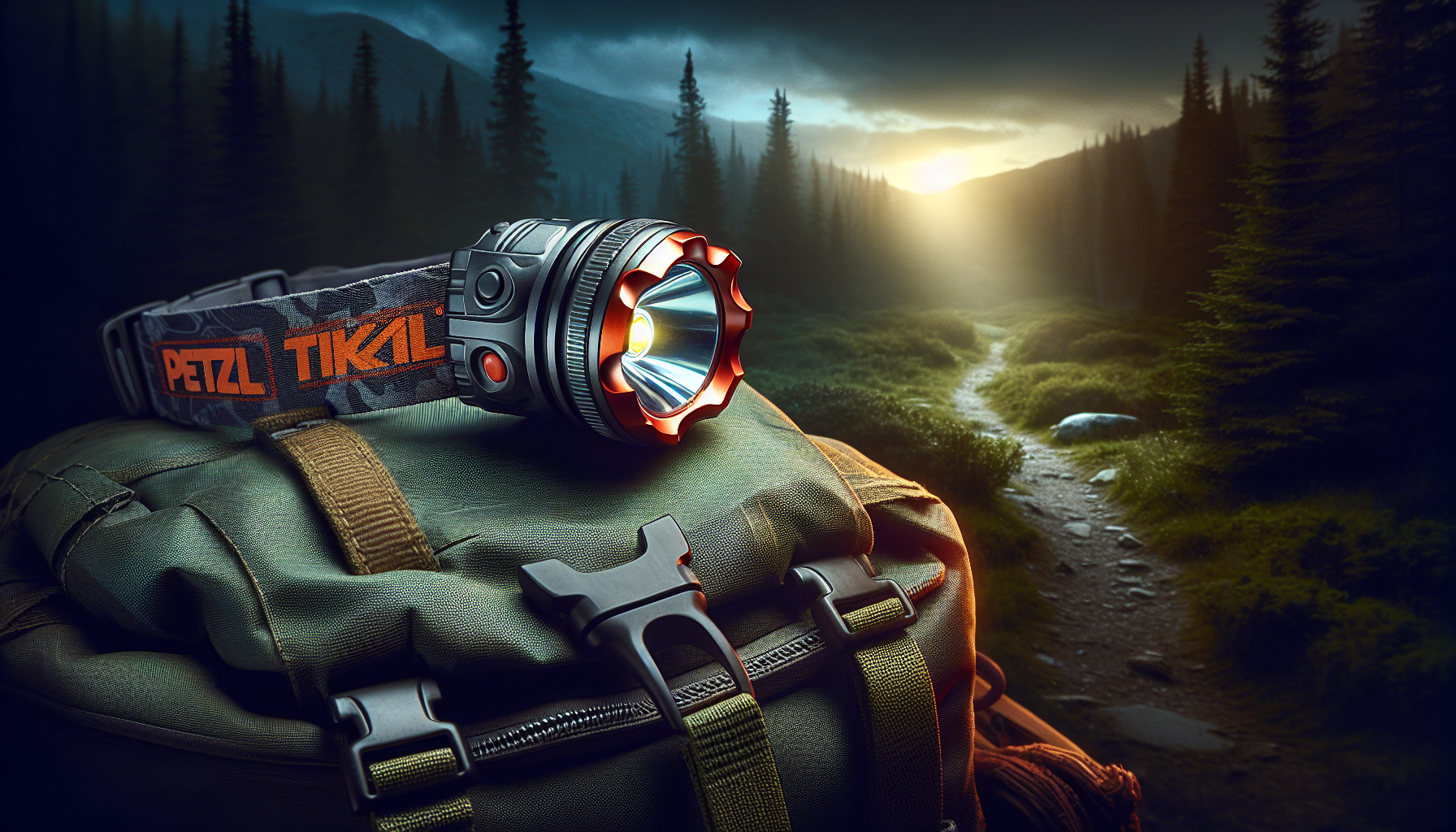
The Petzl Tikkina presents an excellent option for budget-conscious individuals. Priced at a mere $25, it strikes a good balance between performance and cost-effectiveness. With a maximum brightness of 300 lumens and a weight of 92 grams, this headlamp is apt for campouts and beginner-level adventures.
Important Specs
The Petzl Tikkina features a maximum brightness of 300 lumens, which is sufficient for most nighttime activities. Beam distance is another critical specification, with the Petzl Bindi headlamp casting light up to 40 meters. These specs ensure that you have enough light to navigate your surroundings during night hikes.
Benefits and Limitations
A major advantage of the Petzl Tikkina lies in its simple operation. It provides three brightness levels, all controlled by a single button, making it user-friendly even for beginners. Plus, with a Core battery at its lowest light output, it boasts a remarkable burn time of up to 120 hours.
However, the Petzl Tikkina does have some limitations:
- It lacks a lock function and a battery life indicator, which can affect ease of use.
- The adjustment process is also somewhat clunky.
- It does not offer a dim function or red light.
Despite these drawbacks, its power and burn time make it a solid budget-friendly choice.
Ideal for Extreme Conditions: Fenix HM50R V2.0
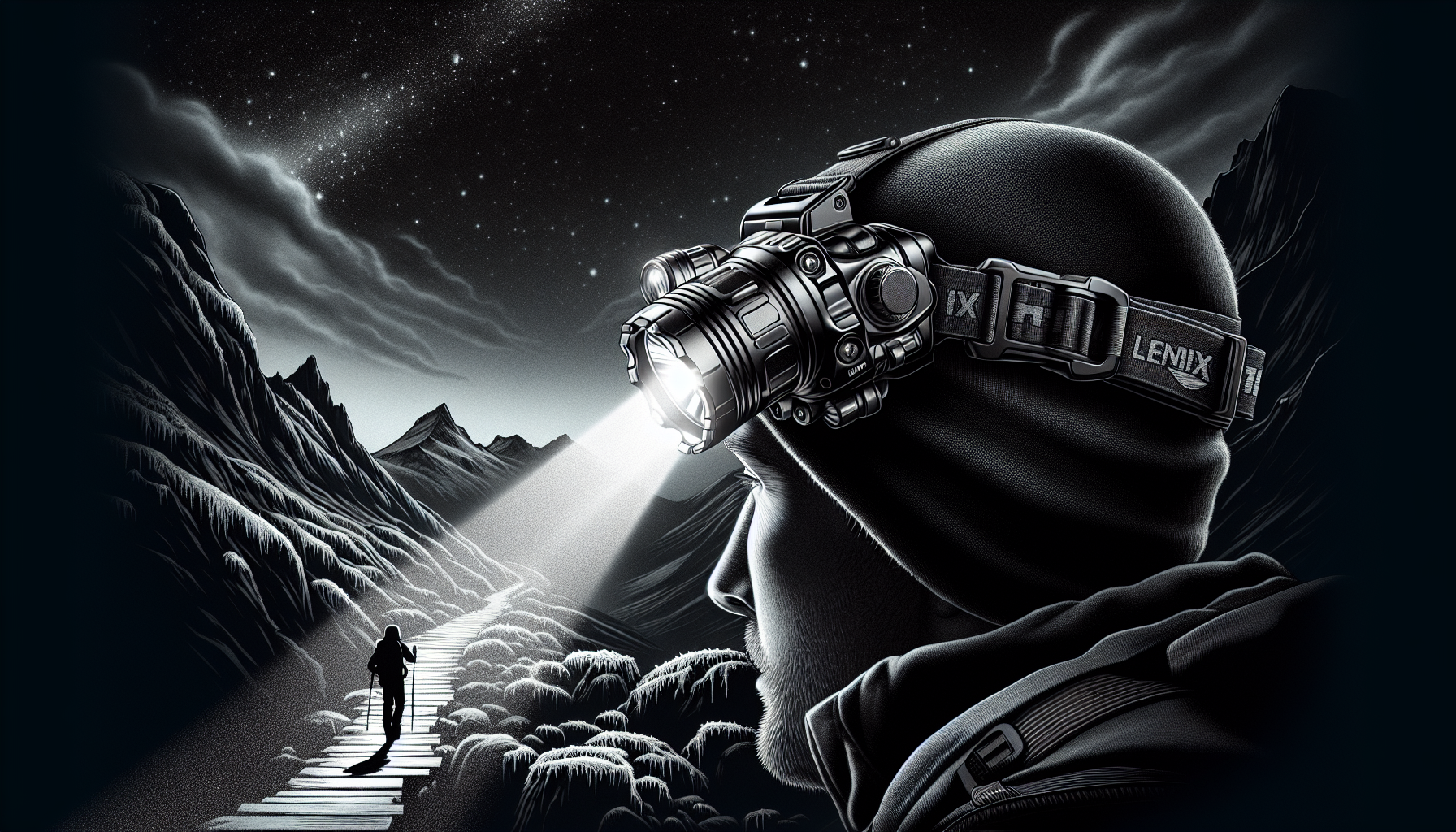
The Fenix HM50R V2.0 is the headlamp of choice for extreme conditions. Priced at $60, it is designed to perform exceptionally well in cold environments and supports both rechargeable and CR123A batteries.
This versatility makes it a reliable option for harsh conditions.
Performance Metrics
The Fenix HM50R V2.0 comes equipped with a Cree XP-G3 S4 LED boasting a lifespan of 50,000 hours for long-term durability. It also incorporates intelligent overheat protection which reduces lumens when the temperature hits 60°C, preventing overheating. Such a feature is critical for sustained performance in extreme temperatures.
Additionally, the Fenix HM50R V2.0 includes a low-voltage warning that downshifts to lower brightness levels as the voltage decreases. This feature helps extend battery life and ensures you are not left in the dark unexpectedly. The combination of these performance metrics makes it ideal for extreme conditions.
Strengths and Weaknesses
A key strength of the Fenix HM50R V2.0 is its robust design, rendering it ideal for night hiking in demanding environments. Its durability enables it to endure rough treatment and severe conditions without sacrificing performance. Its operability in harsh weather conditions further enhances its reliability for night hiking.
Nevertheless, the headlamp’s dependency on certain battery types for peak performance could be perceived as a drawback. Although it is compatible with both rechargeable and CR123A batteries, the latter is not advised for regular use due to circuit constraints. Regardless, its overall durability and performance rank it as a top selection for extreme conditions.
Lightweight and Compact: NITECORE NU25 UL
For those prioritizing a lightweight and compact headlamp, the NITECORE NU25 UL is a great choice. Priced at $37, it offers excellent value for budget-conscious hikers.
Its lightweight design makes it an attractive option for those looking to minimize their gear load.
Core Attributes
The NITECORE NU25 UL headlamp has the following features:
- Exceptionally lightweight, weighing only 1.59 ounces
- Ideal for ultralight backpacking
- Dual-cord headband design for improved weight distribution and grip
- Ensures secure placement during hikes
In terms of battery life, the NITECORE NU25 UL offers a range of options. It can run for 2 hours and 40 minutes on high, 4 hours and 40 minutes on medium, and up to 45 hours on the ‘ultralow’ 6 lumens spotlight mode. This flexibility in battery life makes it a versatile choice for various hiking durations.
Positive and Negative Aspects
An advantage of the updated NITECORE NU25 UL is its enhanced weight distribution, courtesy of the dual-cord headband. Nonetheless, this newer version is marginally heavier than its predecessor, weighing 1.59 ounces as opposed to the previous 0.99 ounces. This slight weight increase could be a factor for ultralight enthusiasts.
Another drawback is the removal of the 0.9 lumen super low red-light mode that was available in the previous version. Additionally, setting up and operating this headlamp can be complicated, with a steep learning curve. Despite these negatives, the NITECORE NU25 UL remains a top lightweight option due to its core attributes and budget-friendly price.
Best for Versatility: Princeton Tec Snap RGB
The Princeton Tec Snap RGB is a highly versatile headlamp, with the ability to function as:
- a headlamp
- a flashlight
- a bike light
- a compact lantern
Such versatility makes it apt for a broad range of activities, encompassing hiking, biking, and camping.
Feature Set
The Princeton Tec Snap RGB provides multiple beam modes, including red, green, and blue lights, alongside spot high (300 lumens), spot low (10 lumens), and flood RGB (5 lumens). Moreover, the lighting unit magnetically attaches to diverse brackets, such as headlamp, bike, and lantern brackets, and can also securely adhere to various metal surfaces with its magnetic base. These features render it incredibly versatile for a variety of uses.
Pros and Cons
The Princeton Tec Snap RGB’s key strength is its versatility, enabling its use in multiple scenarios such as biking, hiking, and camping. Its modular design, featuring a removable light unit, contributes to its adaptability, making it a preferred light for diverse outdoor activities.
However, this modular design can also be seen as a drawback. The added components make the headlamp bulkier compared to other models, which might be inconvenient for some users.
Despite this, if versatility is what you seek, the Princeton Tec Snap RGB is hard to beat.
Comparing Battery Types: Rechargeable vs. Non-Rechargeable
The type of battery a headlamp uses can have a significant impact on its convenience and performance when selecting one. Both rechargeable and non-rechargeable batteries have unique advantages and limitations. Grasping these can assist you in selecting the optimal option for your needs.
Rechargeable Batteries
Rechargeable batteries are increasingly popular in rechargeable headlamp models due to their convenience and environmental benefits. Headlamps like the Black Diamond Spot 400-R offer the advantage of always knowing the full charge, longer runtime, and no need to constantly buy and carry extra batteries. However, they do rely on an external power source for recharging, which may not always be available during long hikes.
While rechargeable batteries reduce waste and have higher initial costs, they tend to have shorter burn times compared to disposable batteries. The NITECORE NU25 UL, for example, has a 650mAh internal rechargeable battery with USB-C fast-charging capability, enhancing its convenience. Despite some limitations, the long-term cost savings and reduced environmental impact make rechargeable headlamps a smart choice for many hikers.
Non-Rechargeable Batteries
Non-rechargeable batteries, such as aaa batteries, are often favored for their reliability and convenience. They do not require a charger or any other accessory, making them easy to use and replace. Their higher energy density is particularly useful in extreme conditions, where maintaining power is critical.
However, non-rechargeable batteries generate more waste and require frequent replacements, which can be inconvenient and costly over time. Despite this, they are still a viable option for those who prioritize immediate availability and simplicity over long-term savings and environmental concerns.
Evaluating Light Modes for Night Hiking
Different light modes cater to varying purposes during night hikes. Comprehending these modes can aid in choosing the appropriate headlamp for diverse situations, whether it’s preserving night vision, lighting up a large area, or focusing on distant objects.
Red Light Mode
Red light mode is essential for:
- Preserving night vision
- Avoiding blinding others
- Minimizing pupil dilation, allowing you to maintain better night vision while hiking
- Having a reduced impact on wildlife, making it less likely to disturb nocturnal animals.
The Petzl e+LITE headlamp, a handheld light, for example, includes a red light mode suitable for these purposes.
Flood Light
Flood light mode is ideal for illuminating large areas and performing close-range tasks, even in low light conditions. This wide beam is perfect for campsite activities or when you need a broader, softer light.
Headlamps with flood light capabilities, also known as head lamp, ensure you have enough light for various tasks without focusing intensely on a single spot. These led flashlights are perfect for hands-free illumination.
Spot Light
Spot light mode is designed for focused, long-distance visibility, which is crucial for spotting objects or paths from afar. This mode typically uses a high beam to provide a concentrated light, ideal for navigating challenging terrain or spotting trail signs.
Using spot light mode ensures you have detailed vision over long distances, making it a valuable feature for night hiking.
Durability and Weather Resistance
Durability and weather resistance are crucial elements when selecting a reliable headlamp. A durable headlamp can endure rough treatment and drops, whereas a headlamp with good weather resistance can perform well under diverse environmental conditions.
IP Ratings Explained
IP ratings measure the level of protection that electrical devices have against dust and water. For headlamps, this rating is crucial as it indicates their ability to withstand different weather conditions. Some common IP ratings for headlamps include:
- IPX4: Can handle splashing water from any direction, making it suitable for rain
- IPX7: Can be submerged in water up to 1 meter for up to 30 minutes
- IPX8: Can be submerged in water beyond 1 meter for extended periods of time
These ratings indicate the headlamp’s waterproofing capabilities and can help you choose the right headlamp for your needs.
The BioLite HeadLamp 325, with its IPX4 rating, and the Petzl Tikkina, also rated IPX4, are examples of headlamps designed to handle wet conditions. Understanding these ratings helps you choose a headlamp that can reliably perform in the environments you plan to hike in.
Material Quality
The material quality of a headlamp significantly impacts its durability and performance. Headlamps commonly use durable plastics or metals like aluminum to protect their electronic components from drops and rough use. High-quality materials ensure the headlamp can withstand harsh weather and rough handling, making it a reliable tool for night hiking.
The Black Diamond Spot 400-R, for instance, is known for its robust construction, although it feels less sturdy compared to other models due to its compact and lightweight nature. Choosing a headlamp made from quality materials ensures it will last through many night hiking adventures.
Comfort and Weight Distribution
Comfort and weight distribution are vital for a headlamp, particularly during lengthy hikes. A headlamp that’s excessively heavy or poorly balanced can lead to neck strain and discomfort, diminishing your hiking experience.
Strap Adjustments
Proper strap adjustments are crucial for comfort and ensuring the headlamp stays in place. Adjustable straps ensure that the headlamp fits securely and comfortably on the user’s head. Ensuring the straps are snug but not too tight can prevent discomfort and pressure points during prolonged use.
Using a top strap can provide additional stability and comfort, preventing the headlamp from slipping down. Redistributing weight by adding padding to the back of the strap can also enhance comfort and prevent strain.
Balancing Weight
Balancing the weight of a headlamp is important to prevent discomfort and ensure it does not move around during use. Proper weight balance can reduce bouncing and prevent neck strain during long hikes. Headlamps with external battery packs help distribute weight more evenly across the head.
Positioning the battery pack at the back of the headlamp can effectively balance the weight, enhancing comfort and stability during use. Some headlamps allow adjustable battery positions, enabling users to optimize weight balance according to their personal preference.
Additional Features to Consider
When selecting a headlamp, additional features like battery indicators and lock modes can greatly enhance usability and reliability. These features guarantee your headlamp’s readiness whenever needed and avert unexpected power outages or accidental activations.
Battery Indicators
Battery indicators help users know when it’s time to recharge or replace batteries, preventing unexpected power loss during a hike. These indicators typically use light colors, such as green, orange, and red, to signify battery levels. For example, the Fenix HM50R V2.0 includes a low-voltage warning system that alerts users when the battery needs attention.
The NITECORE NU25 UL features four small blue lights on the top to display the battery level, making it easy to monitor. These indicators are a valuable feature for ensuring your headlamp is always ready for your night hiking adventures.
Lock Mode
Lock mode prevents accidental activation, ensuring the battery is conserved during storage or transport. This feature is particularly useful for preventing the headlamp from turning on in your backpack and draining its battery. The Black Diamond Spot 400-R, for instance, activates its lock mode by pushing both buttons for two seconds.
The BioLite HeadLamp 325 also includes a lock mode to help prevent accidental battery drainage. Lock mode can typically be activated via a manual switch or power button sequence, adding an extra layer of convenience and reliability to your headlamp.
Honorable Mentions
Besides the top-performing headlamps, a few others deserve mention for their distinctive features. These headlamps are reliable and functional, making them great selections for specific needs or as backup options.
Black Diamond Spot Lite 200
The Black Diamond Spot Lite 200 is known for its compact design and reliable performance. It is lighter and more compact than the Spot 400, making it suitable for ultralight pre-dawn or post-dusk activities. Despite its smaller size, it includes a brightness memory feature, allowing it to return to the last used setting, and has settings for dimming and strobe lighting.
Petzl e+LITE
The Petzl e+LITE is a reliable backup headlamp, known for its:
- Small size
- Long battery life
- Whistle and emergency red light mode
- Flashing red or white strobe for emergency use
These features make it a versatile and practical choice for emergencies.
While it may not be suitable as a primary headlamp, the Petzl e+LITE is an excellent backup or emergency light source, ensuring you’re prepared for any situation during your night hikes.
Summary
Choosing the right headlamp for night hiking can make all the difference in your outdoor adventures. From the robust Black Diamond Spot 400-R to the versatile Princeton Tec Snap RGB, each headlamp offers unique features tailored to different needs and preferences. Whether you prioritize brightness, battery life, comfort, or versatility, there’s a headlamp on this list that will enhance your nighttime hiking experience. As you embark on your next nocturnal adventure, remember that the right light can illuminate your path and make every step safer and more enjoyable.
Frequently Asked Questions
Why is red light mode important for night hiking?
Using red light mode is important for night hiking because it helps preserve your night vision and reduces disturbance to wildlife. So, it's a must-have for a night hike!
What makes the Black Diamond Spot 400-R the best overall headlamp?
The Black Diamond Spot 400-R is considered the best overall headlamp because of its 400 lumens of brightness, multiple beam types, waterproofing, and affordability at $65. It offers a robust feature set that makes it a great choice for various activities.
Are rechargeable batteries better for headlamps?
Yes, rechargeable batteries are better for headlamps because they are more convenient, environmentally friendly in the long run, and have a longer service life, reducing waste.
What should I consider when choosing a headlamp for extreme conditions?
When choosing a headlamp for extreme conditions, consider durability, weather resistance, and battery compatibility. The Fenix HM50R V2.0 is a good option as it's designed for harsh environments and supports rechargeable and CR123A batteries.
How do IP ratings affect the performance of a headlamp?
IP ratings affect the performance of a headlamp by indicating the level of protection against dust and water. Higher IP ratings, like IPX7 and IPX8, offer better waterproofing and are crucial for headlamps used in wet conditions.
You Might Also Like...
